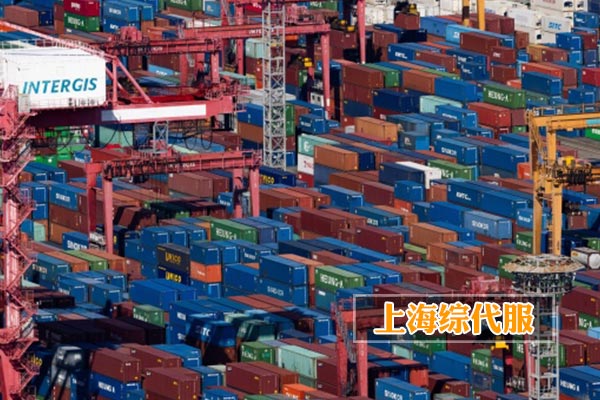
How to determine whether a product has potential in the international market?
When selecting import and export products, the primary considerations should be market demand and competitive landscape. We recommend conducting35. Data dimension:
- Market dimension:
- Refer to the latest WTO trade statistics database (updated to Q2 2025).
- Analyze the annual growth rate of HS code declaration volume in the target country.
- Monitor the search heat index of categories on platforms such as Amazon and Alibaba.
- Policy dimension:
- Verify the latest revisions of Technical Barriers to Trade (TBT) in the target country.
- Confirm the application of anti-dumping duties and special safeguard measures.
- Verify the rules of origin and the utilization rate of free trade agreements
- Profit dimension:
- Calculate the comprehensive tax rate (customs duty + VAT + consumption tax)
- Simulate different scenarios such as CIF/DDP, etc.Trade termsProfit margin under
- Evaluate the proportion of logistics costs (recommended to be controlled within 15% of the cargo value).
enteredExport agentHow to assist enterprises in reviewing product qualifications?
Professional agencies should establishWhole-process compliance review mechanism:
- Access review:
- Compare with the "List of Prohibited Items for Entry and Exit in China" 2025 Edition.
- Verify the ECCN (Export Control Classification Number)
- Verify the validity of certifications such as FDA and CE (by directly checking the official website).
- Technical Document Management:
- Assist in preparing manuals compliant with EEC/ANSI standards.
- Please review the content of Section 16 in the MSDS (Material Safety Data Sheet) chemical safety documentation.
- Ensure that the labels meet the requirements for multiple languages and units of measurement.
How to Avoid Customs Clearance Risks When Selecting Products?
We recommend adoptingFour-Step Risk Pre-Inspection Method:
- Apply for advance commodity classification (strive for a valid ruling within 3 months).
- Simulated Declaration:
- Prepare three different HS code declaration schemes.
- Anticipate key customs valuation review points (with special attention to transfer pricing)
- Arrange for a third-party laboratory to conduct compliance testing.
- Purchase a full-coverage customs duty guarantee insurance (recommended coverage of 120% of the cargo value).
How to handle import and export restrictions for special commodities?
For hazardous materials, food, and other special categories, professional agents should provideEnd-to-end solutions:
- Transportation of Dangerous Goods:
- Classify and package according to the latest amendments of the IMDG Code.
- Request DGM and other professional institutions to issue an appraisal report.
- Please book a UN-certified specialized container.
- Food Products:
- Apply for FDA Food Facility Registration (renewed every two years).
- Produce a nutrition label compliant with EU Regulation 1169/2011.
- Arrange for overseas agents to complete local food access filing.
How can import and export agents optimize the commodity supply chain?
High-quality proxy services should include:Supply Chain Value-Added Module:
- Supplier Management:
- Establish an A/B/C tiered supplier database.
- Conduct annual SA8000 social responsibility audit
- Inventory optimization:
- Apply the ABC classification method to control turnover rate.
- Set the safety stock alert threshold (recommended ≥2 months of sales volume)
- Logistics solutions:
- Design multimodal transport solutions (e.g., China-Europe Railway Express + overseas warehouses)
- Docking with the port's smart logistics system for real-time tracking.


 Follow Customer Service WeChat
Follow Customer Service WeChat